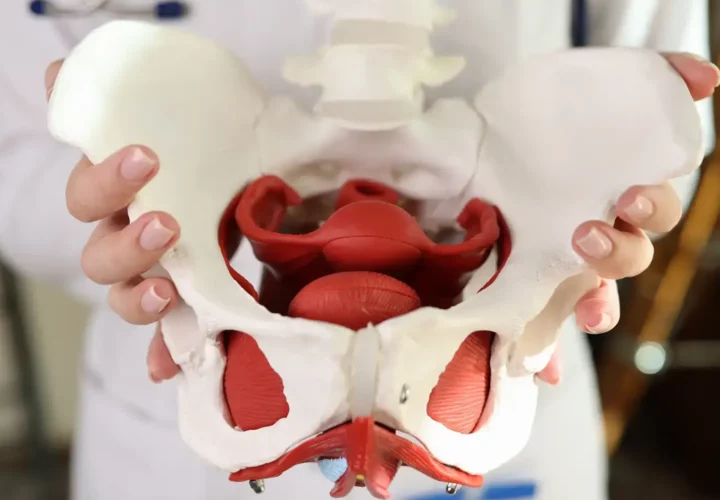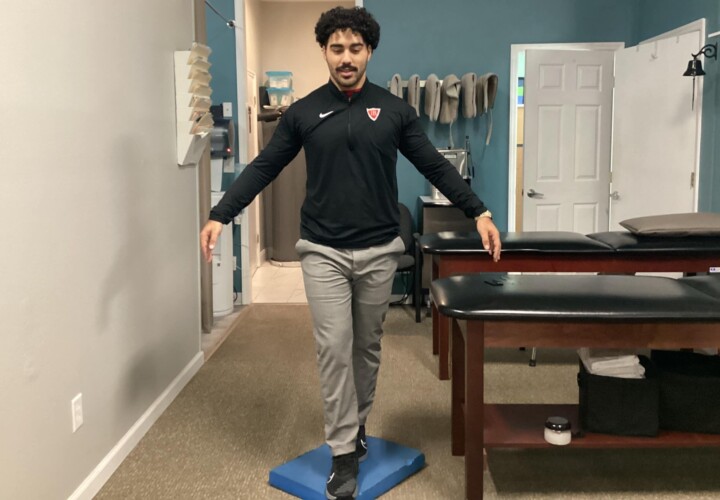Your body’s spine consists of vertebrae which helps protect and support the spinal cord and the nerves. 26 vertebrae make up the spine and any damage to them can cause limited mobility which could become life threatening if not treated properly. There are many spine disorders, all of which will be approached by a knowledgable team to help treat. This could include neurosurgeons, orthopedic surgeons, psychologists, and physical therapists!
Types of Spine Disorders
As stated above, there are a variety of conditions that can affect the spine. These include degenerative disc disease, spinal stenosis, and spondylosis. Each one of these is known as a degenerative condition meaning they all involve a gradual loss of normal structure and function over time. Symptoms of this condition include pain, limited motion, injury to the nerves, and deformity of the spine.
Other spine disorders include:
- Kyphosis
- Cranial Settling
- When the skull is rotated and the top of the neck extends into the foramen magnum, cranial settling occurs. This condition can be either present at birth or develop throughout life.
- Spinal Cord Cancer
- Abnormal cells will begin to grow uncontrollably in and around the spinal cord. This will affect muscle movement, sensation, and organ function.
- Ankylosing Spondylitis
- This type of arthritis causes inflammation between the spines vertebrae and in the joints where the spine meets the pelvis. Typically this condition runs in families.
Common causes of these conditions include:
- Accidents/Falls
- Congenital Disorders
- Inflammation
- Infection
- Inherited Disorders
- Injuries ranging from minor to traumatic
- Degenerative wear and tear that comes with aging
Risk Factors and Symptoms
Depending on the specific spine disorder you have, depends on the signs and symptoms. Also, it depends on the area too. However there are a few common symptoms. These include:
- Abnormally rounded shoulders/back
- Back/Neck pain. This can be stabbing, sharp, dull, aching, or burning.
- Bladder or bowel dysfunction
- Nausea/Vomiting
- Pain radiating in the arms or legs
- Stiffness/Tightness
- Uneven appearance. This could be a shoulder or hip being higher than the other.
- Weakness/Numbness/Tingling in the arms or legs
Some factors that can increase your risk of developing a spine disorder conclude poor posture and your nutritional lifestyle. Your nutritional lifestyle plays a significant role because low calcium intake and smoking can affect your spine significantly. Other factors include:
- Excess weight or Obesity
- Improper lifting techniques
- Certain types of Arthritis
- Osteoarthritis and rheumatoid arthritis
- Thyroid Disease
- Repetitive strenuous activities
Diagnosing
How you diagnosement goes will all be based off of your individual case. First, a thorough physical exam will be conducted. During this, your families medical history along with your personal medical history will be discussed. Also, discussion of your symptoms and risk factors. Based off of this, a neurological exam may be conducted if nerve injury or a disorder is suspected. Depending on all of the above, more tests may need to be done. These include a MRI, CT Scan, X-Rays, a biopsy, and an EMG.
Treatment
Depending on the spine disorder depends on how it is treated. Some treatments include back bracing, injections for pain, and medication. Other treatments include surgery to remove any tumors or replace discs. Lastly, physical therapy is an option. A physical therapist will work with you to help strengthen and stretch your back and abdominal muscles.
If you need physical therapy we at Hohman Rehab would love to help you. To schedule please click here.




